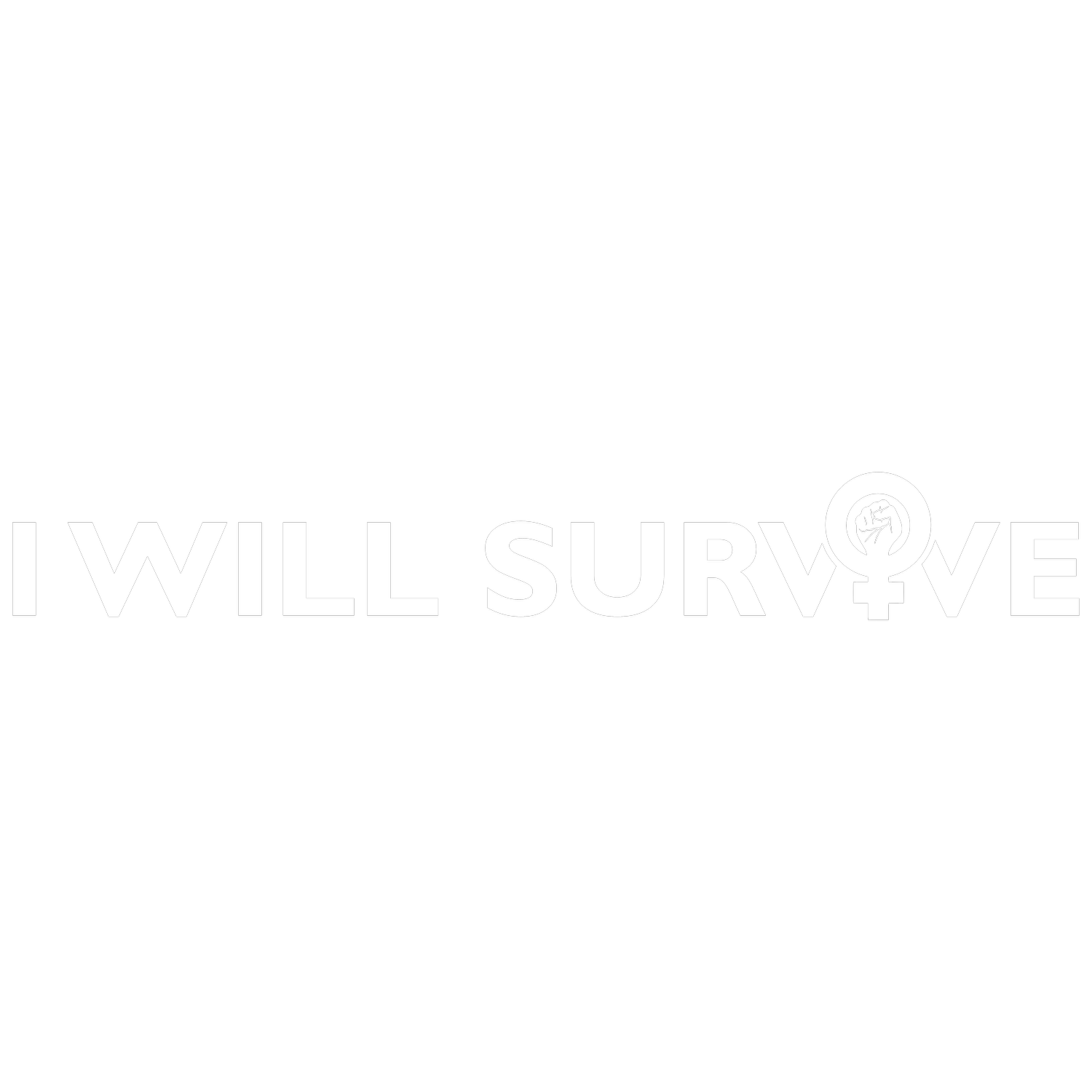
You could be a victim. Here’s why.
Warning signs of abuse can be observed in various types of relationships, regardless of gender or age. Here are some common warning signs:
1. Physical Signs: Unexplained injuries, frequent bruises, cuts, or broken bones, especially if there are inconsistent or implausible explanations for these injuries.
2. Emotional and Psychological Signs: Frequent belittling, insulting, or demeaning comments, leading to the victim's low self-esteem and loss of confidence. Gaslighting, where the abuser manipulates the victim's perception of reality, making them question their sanity or memory.
3. Controlling Behavior: An abusive person often exhibits controlling behavior, such as monitoring the victim's movements, restricting their interactions with others, or managing their finances without consent.
4. Isolation: The victim may be isolated from friends, family, and support networks, leaving them with little external help or intervention.
5. Intense Jealousy and Possessiveness: An abusive partner may show extreme jealousy, trying to control who the victim interacts with or accusing them of infidelity without reason.
6. Explosive Anger: Frequent and unpredictable outbursts of anger or rage directed towards the victim, instilling fear and intimidation.
7. Blaming the Victim: Abusers often shift the blame onto the victim, making them feel responsible for the abuse or convincing them that they deserve it.
8. Threats and Intimidation: The abuser may make threats of violence or harm, either towards the victim, loved ones, or pets, in order to maintain control.
9. Sexual Coercion or Violence: Forcing or pressuring the victim into sexual acts against their will is a severe form of abuse.
10. Unpredictability: The abuser's behavior may be inconsistent, alternating between periods of charm and affection and episodes of aggression and hostility.
